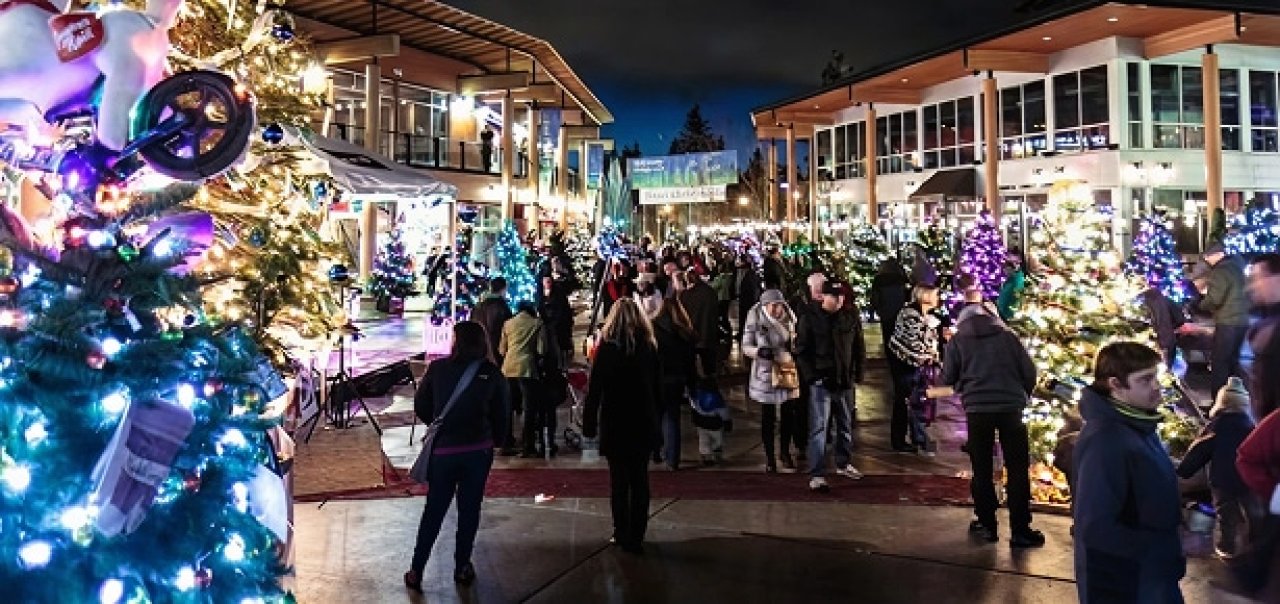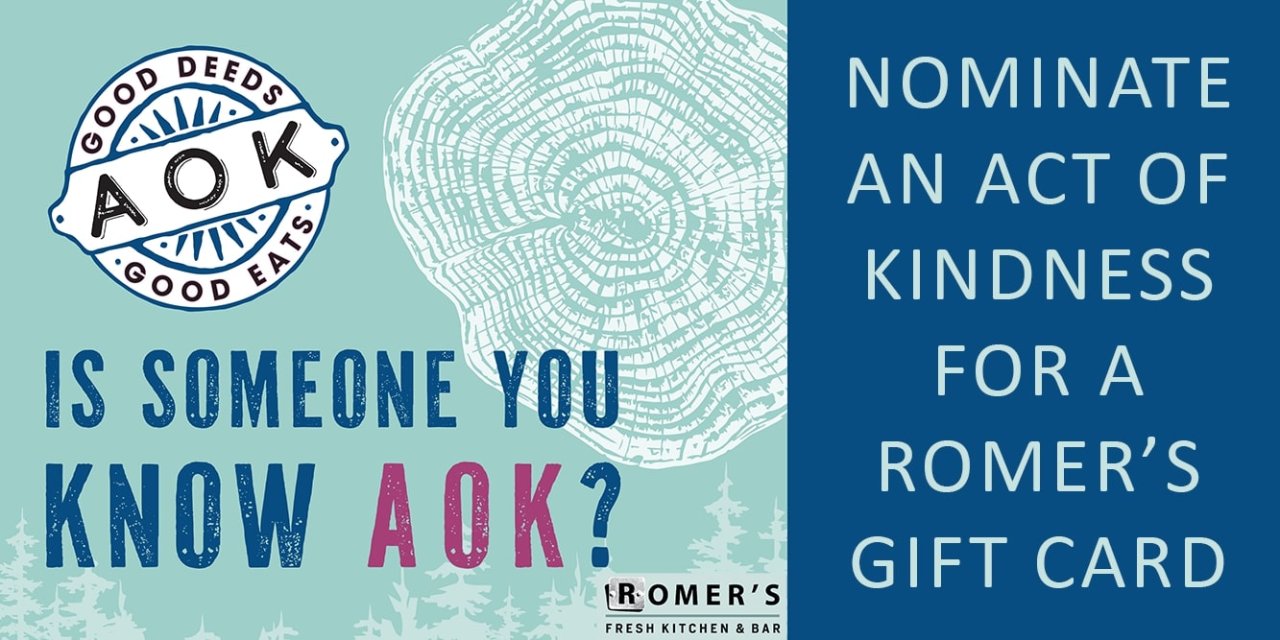News
& Events
Hi there neighbours, and a very warm welcome to our blog. Where the real news of a community is shared. Sit down and stay awhile…. and check back regularly, so we can keep you in the Lynn Valley loop.
Filter by Category

January 6, 2026
Home Assessments for 2026

January 6, 2026
Lynn Valley teen joins Disney’s Camp Rock 3

January 5, 2026
2025 A Year in Review

January 5, 2026
Argyle teen’s skin-cancer app earns Apple recognition

December 5, 2025
Lynn Valley Real Estate Market Analysis - December 2025

December 4, 2025
Help Send the Argyle Rugby Team to Argentina

December 4, 2025
From End of the Line to the Pro Rink

December 3, 2025
Lynn Valley Library Hosts North Shore Authors Book Sale
Community Calendar
-
Jan 96:30 PM - 8:30 PMRoyal Canadian Legion Branch 114, 1630 Lynn Valley Rd, North Vancouver, BC V7J 2B4, Canada
-
Jan 10
Meat Bingo
2:00 PM - 4:00 PMRoyal Canadian Legion Branch 114, 1630 Lynn Valley Rd, North Vancouver, BC V7J 2B4, Canada -
Jan 11
Prenatal Yoga
11:00 AM - 12:00 PMMollie Nye House -
Jan 13
Pins & Needles
1:00 PM - 2:30 PMLynn Valley Library 1277 Lynn Valley Rd, North Vancouver BC V7J 0A2, Canada



